
Piazza San Marco or St. Mark's Square (Piazza di San Marco) is a public square in Florence, which is distinguished by historical buildings and a monument in the center.
St. Mark's Square is located in the sulfur part of the historic center of Florence and is surrounded by elegant buildings, a church with a monastery-museum, and in the center of which the monument to General Manfredo Fanti attracts attention.
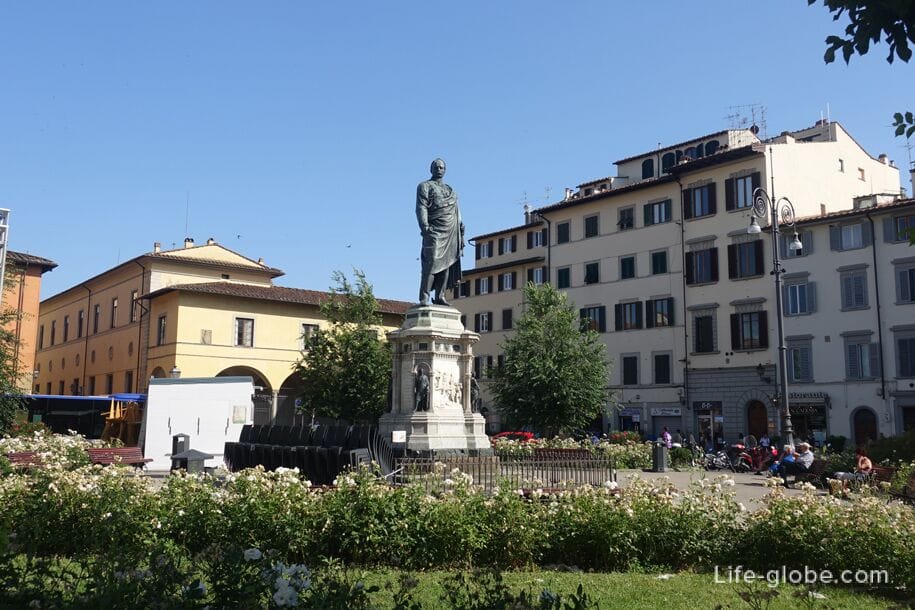
The square was built in the first half of the fifteenth century, when Cosimo de' Medici the Elder commissioned Michelozzo to build a church and convent for the Silvestrini monks, then transferred to the Dominicans from the monastery of San Domenico di Fiesole.
Today, this square has a typical quadrangular shape.
The dominant feature of San Marco Square is the San Marco complex, from which the square got its name.
The complex of San Marco or St. Mark (San Marco) consists of the Basilica of San Marco of the same name (Basilica di San Marco) and the monastery, in the monumental part of which the National Museum of San Marco (Museo Nazionale di San Marco) is now located.
The basilica with its neoclassical facade attracts attention with frescoes, paintings and chapels.
The exquisite chapel of the church houses the remains of the Florentine saint and Archbishop Antonio Pierozzi. Also in the church is the grave of Florence Mayor Giorgio La Pira.
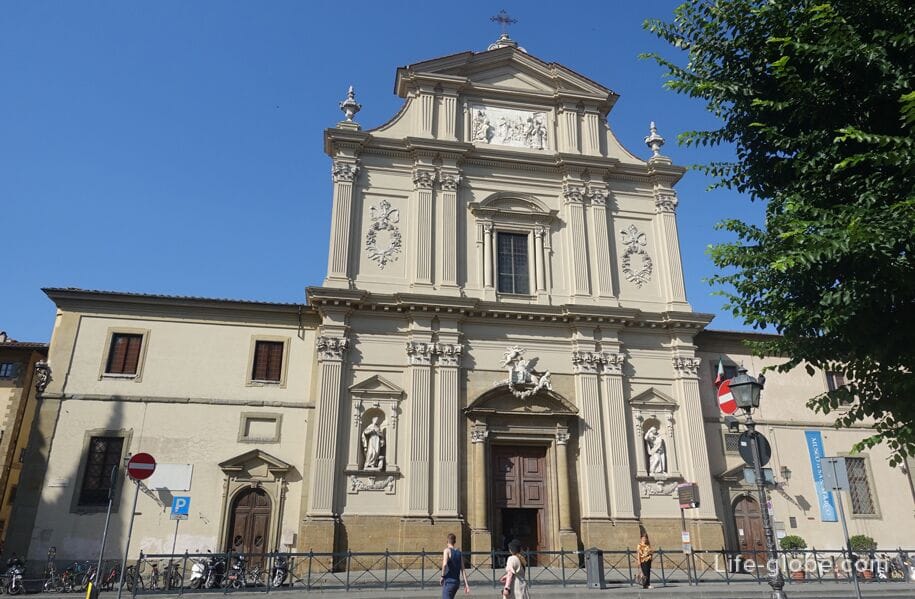
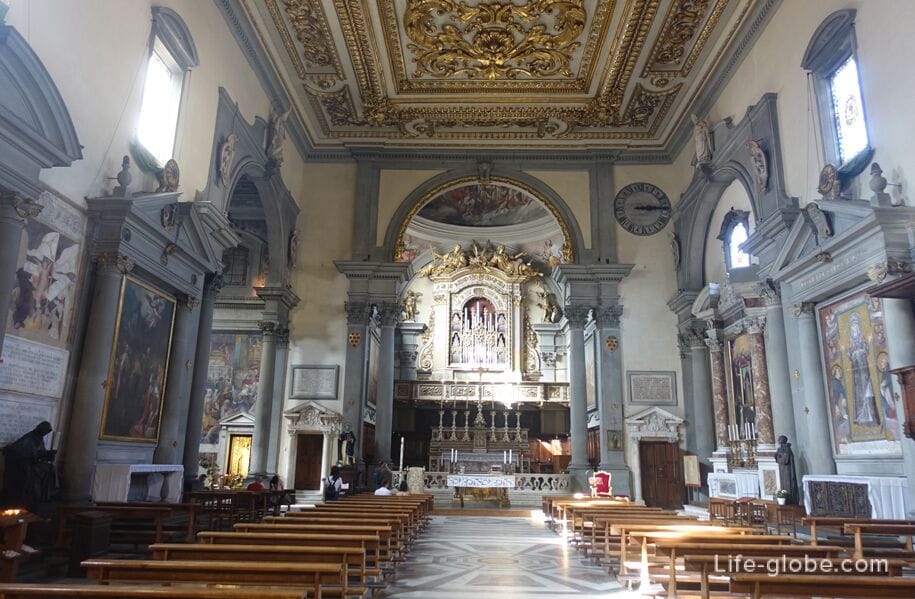
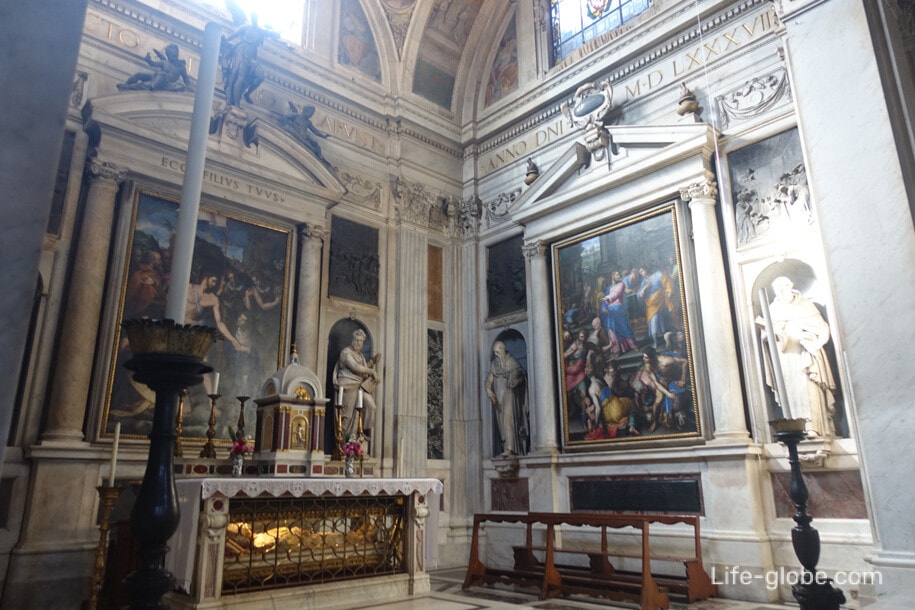
The San Marco Museum contains the world's most extensive collection of works (wood paintings and frescoes) by the Italian early Renaissance artist Fra Angelico, who lived in the monastery between 1438 and 1445.
The museum also exhibits works by other famous masters and houses a library enriched with an extraordinary collection of texts belonging to the humanist Niccolo Niccoli.
Entrance to the basilica is free. Entrance to the museum is paid. More about the San Marco Complex…
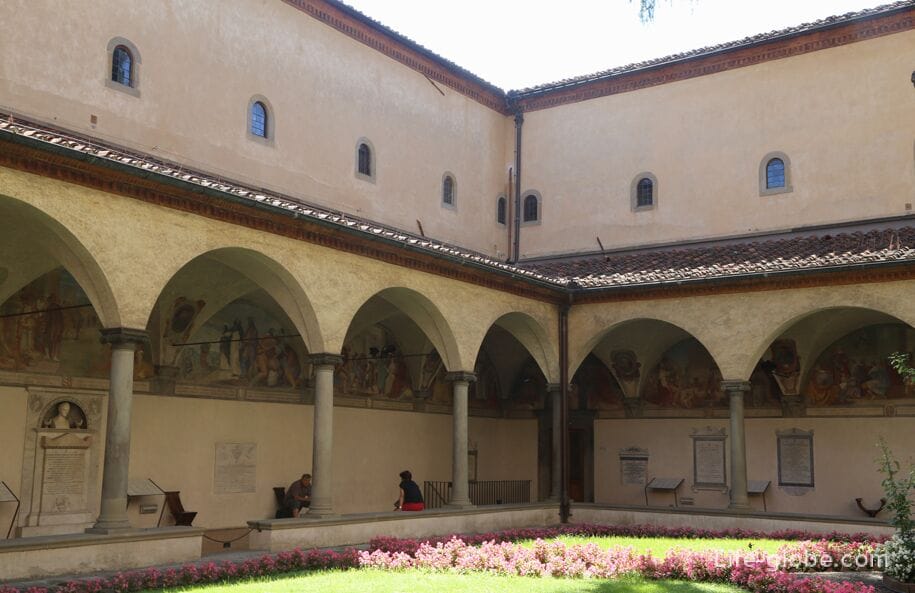

The center of the square forms a green area with places to relax and where the monumental bronze statue of General and politician Manfredo Fanti (who died in Florence), made by the Italian sculptor Papi on the model of Pio Fedi in 1873 (Monumento al generale Manfredo Fanti), stands.
The monument is mounted on a high marble pedestal of Gothic shape. Bronze sculptural castings depicting Strategy, Tactics, Politics and Art are placed on the corners of the pedestal. On the sides of the pedestal are two bas-reliefs, the first of which depicts the Storming of the redoubt between San Martino and Pozzolengo in the Battle of Solferino and San Martino on June 24, 1859, where, in fact, the commander of the 2nd Division Manfredo Fanti distinguished himself with the rank of lieutenant general. On the other two, mirrors, sides of the pedestal there are inscriptions: one about the general, and the other about the monument created.
The general is depicted standing, bareheaded, in a uniform largely covered by a large cloak, with a sword in his left hand and a scroll in his right, which symbolizes the establishment of the Italian army by him.
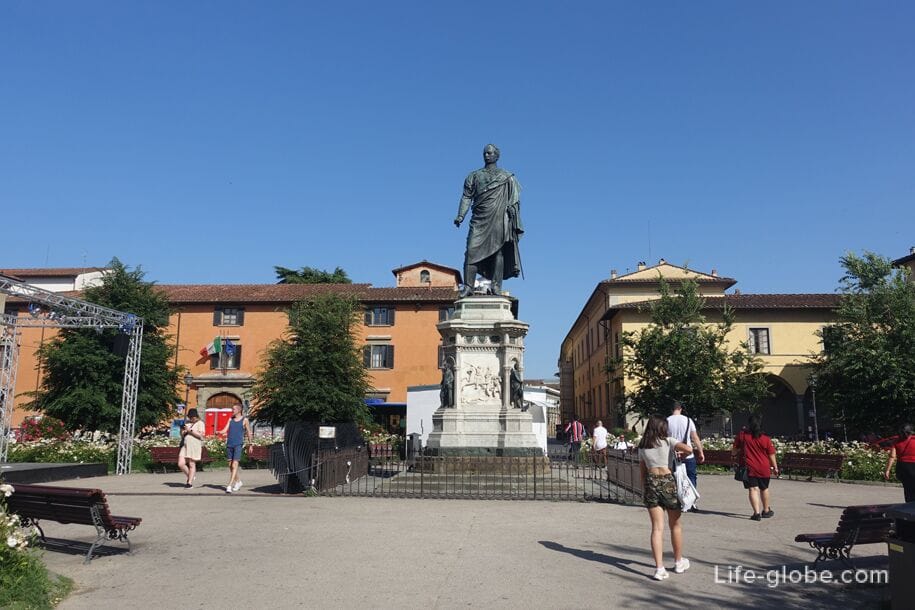
In the south-eastern part of Piazza San Marco is the building of the Accademia di Belle Arti di Firenze, which was a guild for all working artists and was founded as the "Academy and Company of the Art of Drawing" by Cosimo I de' Medici in 1563 under the influence of Giorgio Vasari.
The academy was associated with such famous names as Michelangelo, Lazzaro Donati, Francesco da Sangallo, Agnolo Bronzino, Benvenuto Cellini, Giorgio Vasari, Giovanni Angelo Montorsoli, Bartolomeo Ammannati and Giambologna, who were its members.
In 1784, the Grand Duke of Tuscany Pietro Leopoldo united all the art schools in Florence into one institution, the new Academy of Fine Arts.
The Academy was located and is located in the building of the former monastery, on the corner of Piazza San Marco and Via Ricasoli.

In the adjacent building of the Academy is the Academy Gallery (Galleria dell'Accademia, L'Accademia di belle arti di Firenze) - an art museum with rich collections of paintings, sculptures, icons and musical instruments.
One of the most famous exhibits of the gallery is the famous statue "David" by Michelangelo. Therefore, the museum is also known as the "Michelangelo David Sculpture House". More about the Academy Gallery and the David Statue…
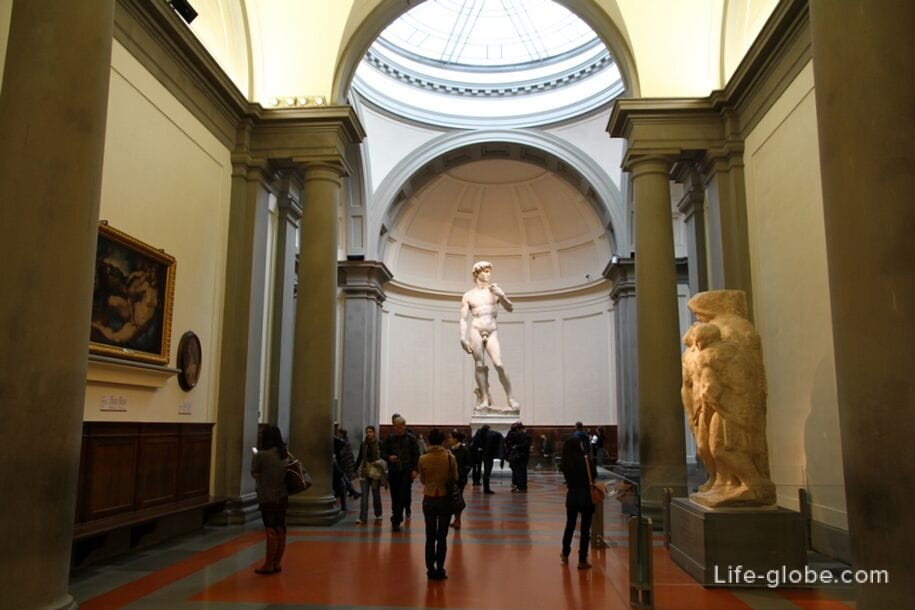
Among the buildings around St. Mark 's Square are notable
- the house at number 21, where Bianca Cappello lived as soon as she arrived in Florence with her husband Pietro Bonaventuri. It is said that after seeing her in the window of this house, Francesco I de' Medici fell in love with her and began the story of love and blood that linked their lives, up to marriage and death together;
- the house at number 51, which dates back to the end of the 18th century and is called Palazzina della Livia, is associated with memories of the Grand duchess's mistress, when love flared up between Grand Duke Pietro Leopoldo di Lorena and dancer Livia Raimondi, for whom he built this building according to the type of villa and according to the project of an Italian architect Bernardo Fallani. The facades of the building are distinguished by Florentine architecture of the late Renaissance. Some rooms with frescoes have been preserved in the interiors of the building; there is also a garden.
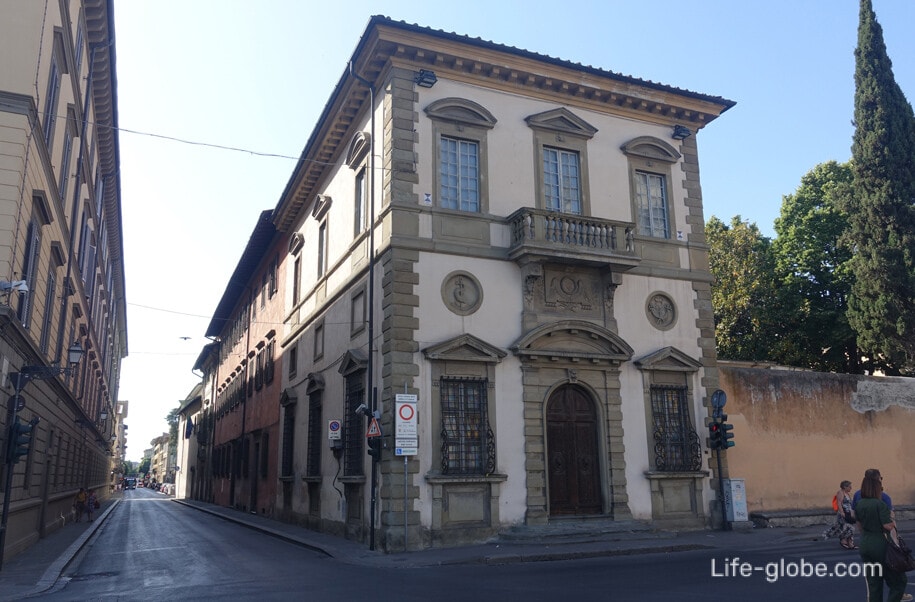
All accommodation facilities in Florence (hotels, apartments, guest houses, etc.), including in the historical center of the city and more remotely from it, can be viewed and booked here